Life, Death, & The Sefirot: FFVII’s History & Remake’s Future in a New Symbol of Reunion
by X-SOLDIER June 29, 2020 0 commentsSefirot Path Analysis: I-IV – The Past
STROKE I – Pillar of Severity (Left) – Water – Zack’s Story
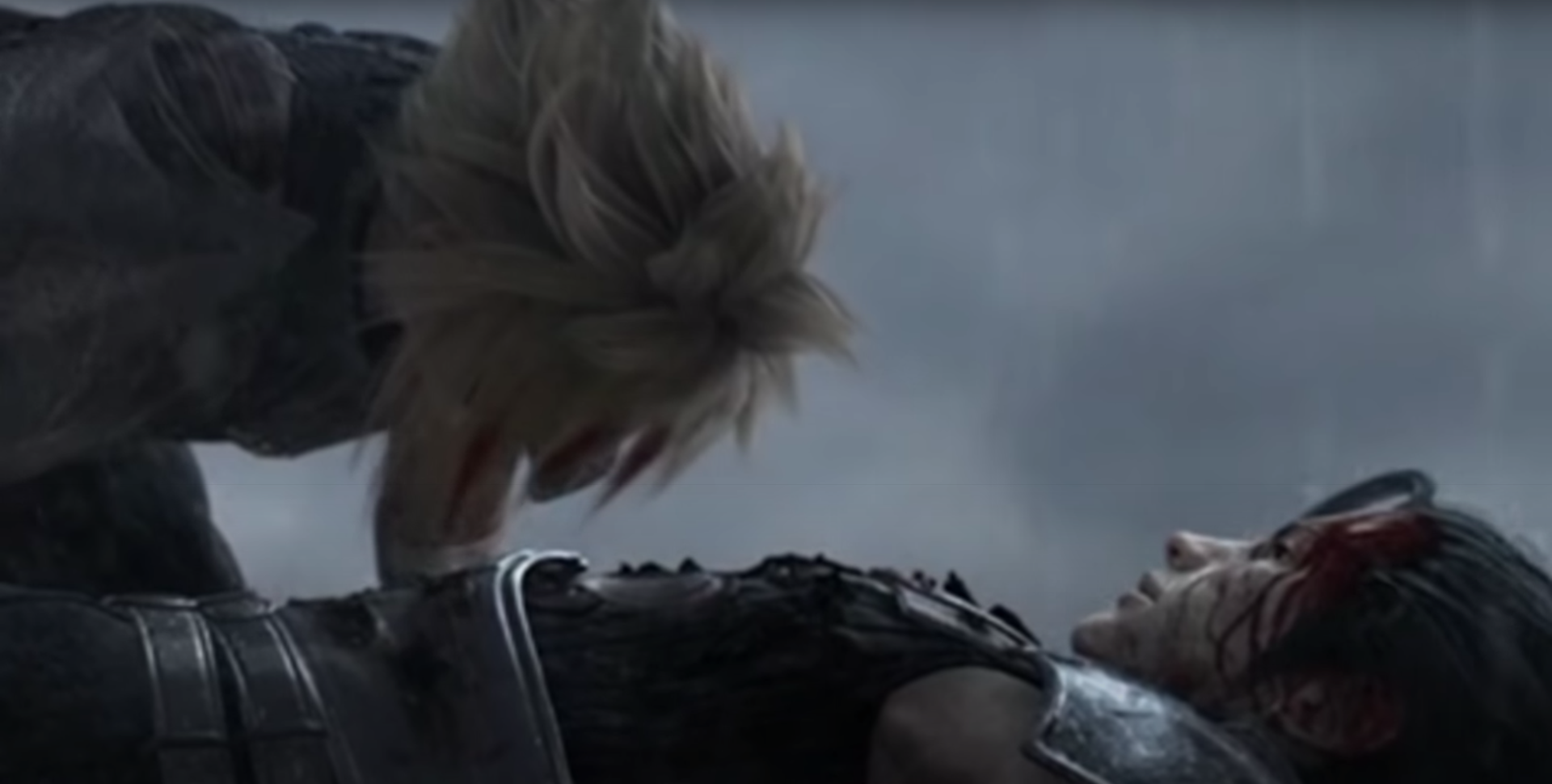
Zack’s death in the pouring rain ties him very closely to the element of water in its presentation, which is the element associated with the Pillar of Severity. Additionally, the Pillar of Severity is about concealment – and everything about Zack is locked away and concealed from Cloud’s awareness and understanding in the game itself. The first brush stroke runs from Binah to Gevurah and brushes against Hod, and then it doesn’t continue along the Sefirot’s defined paths, but extends and reaches down until it barely touches against Malkhut. From a thematic sense, it follows these four points:
- Binah “Understanding” – The definition of an idea & how to bring it into being/female
- Gevurah “Splendor” – Strength, discipline, & judgement
- Hod “Severity” – Withdrawl, surrender, sincerity
- Malkhut “Kingship” – Exaltedness & Humility
The start at Binah matches up incredibly well with Project G. We don’t know how many specifics will be carried over from Crisis Core, but in that game the project was named after Gillian, so the association to that Sefirah as a female gender works well. The most important thing established in this interpretation of Binah on the left is that it has an opposed pair of Hokhmah on the right. This was used to differentiate Master Sephiroth’s right wing and human left arm in the original game, and since the right wing is a trait he possesses as a result of being a subject for Project S, Binah as Project G is a perfect balance to those as Shinra’s SOLDIER-based experiments.
This allows Project S & G to both serve as a unique “wing” on the symbol – which is visually representing a headless Jenova with her two wings. Together, this also corresponds to the same sides where we see the Compilation-style black wings emerging on the human forms of Genesis (left & Project G) & Sephiroth (right & Project S) in Crisis Core. Given this symbol’s visual relationship to the headless Jenova, and the connection of the thematic elements that we have about Shinra’s science with Jenova being central to the genesis of everything that follows – this is why I selected this interpretation to build the rest of the structure. Since Project G was also the original Jenova Project, it works perfectly as a starting point for examining & interpreting the events that lead into both Final Fantasy VII & Remake as the first path for the brush stroke to follow.
Zack & Project G in Remake: SOLDIERs – Trading a Normal Life for Power
What we do know about Project G in Remake is that the degradation introduced in Crisis Core with the G-Type SOLDIERs is still present in Remake as a side-effect of mako exposure. President Shinra later directly confirming that both SOLDIER & those bathed in mako experience accelerated cellular degradation. Cloud’s hallucinations even have him mistaken for another Mako Junkie when he arrives in the slums. This condition is further detailed with the black-cloaked subject #49 living next to Cloud, named Marco. It’s this encounter that gives Cloud a future vision of Reunion in the Whirlwind Maze, and is the first place where we see this new symbol shown in context with Reunion. Later, Cloud hears about the kids being spooked by a black-cloaked man with a tattoo on his arm in the Sector 5 Slums & investigates thinking he’ll find Marco – instead finding #2, a former SOLDIER & the new Sefirot Reunion symbol being shown for the second time. This is important because we see the game’s ONLY living mother, Elmyra telling Cloud that SOLDIER made a trade – a normal life for power, and that they can’t have it both ways. Choosing between a normal life & power is a recurring theme that will be echoed throughout Remake which intrinsically has its ties back to Zack’s & Sephiroth’s history together here & the paths that SOLDIER have to choose between.
Gevurah is the Sefirah representing strength, discipline, & judgement which are all of the qualities of honor that Zack learned in SOLDIER. While we don’t know whether or not this will involve Zack’s connections to Angeal, we do know that Zack’s old SOLDIER comrade from Crisis Core, Kunsel is still alive, which we hear when the MP recognizes Cloud at the Shinra HQ in Chapter 16. This particular attribute is most clearly represented in the legacy of an individual carrying the Buster Sword For Zack, it is reiterated in his declaration just before his final battle, “Embrace your dreams, and whatever happens… protect your honor… as a SOLDIER.”
Deviating from the Sefirot’s Path – The Connection to Cloud & Changing Fate
Hod is the representation of Zack’s death but what’s notable here is two-fold. That connection isn’t as strong here in this new symbol, because this line doesn’t travel straight down the Pillar of Severity – it is shifted inwards, so that it is a more direct path to Malkhut instead. In Crisis Core, we know that Zack wanted to help out a friend, but that failure is how he inherits the Buster Sword, which is why even in dying – that SOLDIER legacy from Gevurah is carried on down to Malkhut in Cloud, but isn’t a failure, since he did finally save the life of his friend that time. Additionally, since Cloud assimilates elements of Zack’s persona outside of Midgar while becoming his living legacy, this carries direct connections to Aerith’s final letter & how her one wish was to spend more time with Zack as Cloud then also becomes a vessel for Jenova’s Reunion bringing Zack & Aerith back together again. So, the tail of the brush stroke completely breaking the bounds of the structure to reach towards the end may naturally represent Zack’s legacy living on in Cloud all the way to the transcendent message from Zack to Cloud – about his honor as a SOLDIER & offering forgiveness during his fight with Sephiroth in Advent Children.
However, in the context of Remake, it’s worth noting that the path of this line is also deviating from the rigid structure of the Sefirot in a way that seems to defy what one could understand as how the game defines the predetermined paths of “Destiny” in order to push past withdrawal, surrender, & defeat, in order to reconnect Zack & Cloud again. This is important as a consideration, especially given that the end of Remake involves the defeat of Whisper Harbinger & defying the Will of the Planet that’s trying to enforce Destiny – specifically in order to prevent Zack’s death in another version of reality.
While the final tail of this brush stroke extending down to Malkhut could represent Cloud’s promise to Zack, even after the lingering facet of Cloud’s adopted Ex-SOLDIER persona gets cleared up in the Lifestream & leading up to Zack’s metaphysical intervention in Advent Children during Cloud’s final search for personal redemption, it’s unlikely that’s the intention here. In this particular case, since we know that the original story and Zack surviving do no co-exist, it’s unlikely that this brand new Remake-specific Sefirot symbol would represent both simultaneously, when they are mutually exclusive. Again, this loops back to Elmyra’s quote – you don’t get to have it both ways.
It seems most likely as though this is pointing towards Zack’s ultimate fate being prevented with the destruction of the Whispers, will result in him going on to be involved in somehow filling the role of Malkhut in this alternate reality. Related to that, and one of the most important things to consider in what that change means for the events that would have taken place during Final Fantasy VII if Zack survives, is what occurs at the moments of Zack’s death is the thing that catalyzes the events of Final Fantasy VII – Cloud’s memories suddenly all come flooding back to him, even as he subconsciously assimilates aspects of Zack’s persona.
At the end of Remake, we see Zack carrying Cloud towards Midgar, which is no longer sealed off by Whispers and in that scene Cloud’s mind still seems to be lost in a near-catatonic state. There’s an extreme possibility that the combination of the Mako poisoning/addiction that Cloud is suffering from, combined with the Jenova cells in his body reacting to Zack’s death are the only reason Cloud’s mind got kickstarted back into a state of consciousness – albeit, one where his assumed identity isn’t quite all put together properly. In that moment, Cloud is becoming a puppet & subconsciously carrying about the role of Jenova’s Reunion by physically reuniting Aerith with a version of her lost love, while also semi-consciously serving a different purpose for Sephiroth’s own ends through Reunion. This potential dichotomy of giving up life vs. giving up memory is something that we’ll continue to see more of as we look at how Remake is showing the party taking deviations from Destiny, and what that means.
The potential of exploring Zack’s story has been opened up in a new way by Remake – but it’s of utmost importance to remember that those new changes are directly a result of Sephiroth’s inciting actions at the end of Chapter 18, and we won’t know for sure how to view the rest about Zack’s path extending down into Malkhut, likely until the completion of the entire story.
STROKE II – Project G & Sephiroth’s Humanity
The second brush stroke runs from Binah to the combined Da’at/Keter. These ones are a bit complex because the understanding of the Da’at/Keter relationship has to be understood in context to the existing elements. This one is representing Sephiroth’s Da’at connection to the Planet as Keter. From a thematic sense, it follows these (two) points:
- Binah “Understanding” – The definition of an idea & how to bring it into being/female
- Keter “Crown” – Divine inspiration & the will of creation
Da’at “Knowledge” – The state of unity from of all of the other Sefirot as knowledge
In Keter it is Jenova’s cells being involved in Project G. In Da’at it is the connection of Sephiroth learning about things related to Project G triggering a cascade of everything else that follows and how he initially views his relationship to his mother Jenova & to the Cetra, before he starts to lose his grip on sanity. It also represents Zack’s presence in Nibelheim with Sephiroth, and how that catalyzes the events of Crisis Core that are followed in the first brush stroke out from Binah.
This is Sephiroth’s initial connection to how he starts out not being wholly aware of his more sinister origins as an alien science experiment. It is shown as his left arm being his human limb even in his final ascended form. It is the duality of him being a human, but also coming to the understanding that he is more than just that to the Planet. It is this connection to his humanity that makes him a distortion of the Sefirot and is the core of his character with his initial goal in pursuit of his connection to the Cetra.
This also connects to Sephiroth usurping the role as the Da’at to the Planet as Keter, despite not being from Project G. While we don’t yet have the confirmation about anything related to Genesis in Remake, this matches how Genesis’ role is connected to the gift of the Goddess in Banora, and those six wings are what we see Master Sephiroth manifest after gathering energy from the Planet itself. This also gives us a connection to thematic elements in the Planet & Lifestream being related to Project G. Remake does have a lot of those things – but given the limited confirmed information at this point relating to Project G – that’s currently a much less well-defined & thus more complicated topic to speculate on. It is one that I still fully intend to dig into, but for the purpose of analyzing this symbol with solidly established information, those connections are best saved for another time.
During this period of time before falling into the Lifestream, Sephiroth’s speech patterns in Japanese use the personal pronoun 俺 (ore) to refer to himself up to the Nibelheim incident. This is most easy to identify with Sephiroth’s human side.
STROKE III – Project S & Sephiroth’s Inhumanity
The third brush stroke runs from the combined Da’at/Keter to Hokhmah. Like with the previous path, the Da’at/Keter relationship has to be understood in context to the existing elements. This one is representing Sephiroth’s Da’at connection to the Jenova as Keter. From a thematic sense, it follows these (two) points:
- Keter “Crown” – Divine inspiration & the will of creation
Da’at “Knowledge” – The state of unity from of all of the other Sefirot as knowledge - Hokhmah “Wisdom” – An idea before it has any limitations, a revelation or creation from nothingness/male
This is where Sephiroth’s story path moves away from the central pillar. The unbridled knowledge of Project S drives him mad, but also fill his ambitions with visions of godhood and grandeur beyond even Jenova herself. His ambitions are literally without limitation, and his insights from Jenova provide him with extreme revelations, and he seeks to become a god – the unified system through which all knowledge and power is at his disposal – the Sefirot. This is connected to Hojo’s mad science and crazed ambitions with Project S, so Hokhmah being a male aspect follows as a balance to Binah & Project G.
This path is Sephiroth as the One-Winged Angel. Ascendant above everything else and with a greater purpose than any other being on the Planet, and capable of the duality of being Da’at to both entities at once. He is more than just human, more than the Cetra, and more than just alien – he is the unification of them both, and not just the separate duality. It is what takes his path away from one of equal balance, and how he becomes solely focused on revelation and his own self-focused ambitions. He embraces being something else entirely, believing himself superior to it all.
Upon falling into the Lifestream, Sephiroth changes to use the personal pronoun 私 (watashi) when referring to himself, helping to thematically indicate the difference in his character’s personality. This matches what we see him using in the original game, in his final appearance in Advent Children, and in the illusory Sephiroth who appears to Cloud in Remake. This is most easy to identify with Sephiroth’s alien side.
STROKE IV – The Remnants of Wisdom… from of Another Reunion
The fourth brush stroke runs from the combined Keter to Da’at to Hokhmah. While this seems like a repetition of the third stroke. It is notably different, because it shows a path that emphasizes that Keter was present individually at some point, since it follows the section of the line above Da’at, but its path also moves outside of the lines of the Sefirot.
- Keter “Crown” – Superconsciousness, divine inspiration, & the will of creation
- Da’at “Knowledge” – The state of unity from of all of the other Sefirot as knowledge
- Hokhmah “Wisdom” – An idea before it has any limitations, a revelation or creation from nothingness/male
This start seems to involve the moment where Keter is pulled down and placed into the space where Da’at exists, and the duality between them is now changed. This would grant Sephiroth the ability to have an increased perception of reality, from the superconsciousness that Keter possesses. At first, this seems to very clearly point at the disruption of everything for Sephiroth’s ultimate goals – the Nibelheim incident & Sephiroth cutting off Jenova’s head … but that’s already covered in Stroke III since that involves his “self” changing from “俺 (ore)” to “私 (watashi)” meaning that Stroke IV is a slightly different repetition of that event we’ve seen before.
What’s interesting here is that while the path’s start seems to indicate the removal of Keter (Jenova’s head) & bringing it down into Da’at (Sephiroth) like we’d expect from the Nibelheim Incident – this path doesn’t start all the way up at Keter. This would imply that in order for this Stroke to occur, Keter must already have been removed but it just wasn’t completely absorbed within Da’at yet. The path that Stroke IV follows when it moves out from Da’at curves such that it clearly departs from the Sefirot’s existing structure – just to reach the same Sefirah of a previously visited path: Hokhmah – which grants wisdom, but this time it’s a different kind of wisdom than Sephiroth had before.
Stroke IV seems to represent how Sephiroth in Remake is basically doing the same thing he’s done before – but some things about what have been occurring in Remake are slightly different. If Stroke III represents Sephiroth’s knowledge of everything inside the structure of the Sefirot that motivated him in the original game, Stroke IV could be seen as his knowledge of things that exist outside of the structure of this current reality from a superconscious state of awareness. This would be Sephiroth’s understanding of creation itself, including the Whispers & even Destiny. Looking at it from this perspective seems to show us exactly how he’s attempting to ultimately defy his own fate & change his approach while he’s moving into Stroke V, and the reason that we’ve received a new Reunion Symbol for the Sephiroth Copies in Remake.
We know from the Final Fantasy VII Remake Ultimania that the version of Sephiroth who shows up and cuts a rift into Destiny’s Crossroads is, “an unknown – even within the knowledge of the original game”. We also know that the Whisper Harbinger’s three avatars; Whisper Rubrum, Viridi, & Croceo have intentional similarities to Sephiroth’s three Remnants; Kadaj, Loz, & Yazoo. This is further emphasized in the musical tracks that play during this section of Chapter 18, which are; “Arbiter of Fate: Advent” (Advent Children), “Arbiter of Fate: Rebirth” (Sephiroth’s original Bizarro boss name), & “Arbiter of Fate: Singularity” (the metaphysical space where this battle takes place), eventually leading to the Edge of Creation. These catalyzing Advent Children echoes are intentional in how they lead into these events, because at the end of that film – we see the literal Reunion of Jenova – using Kadaj’s body & Jenova’s head in order to bring Sephiroth back to that Cloud. The path that the fourth stroke takes would indicate that even if the fourth Sephiroth is not the same entity as the one manifested in Advent Children, the wisdom & knowledge that Sephiroth acquired in facing Cloud in those future events is something that this Unknown Sephiroth still has. This would explain how he could be an Unknown even with knowledge of the original game, but still an understandable entity in Remake.
Stroke IV is showing Sephiroth’s superconscious awareness that he gained from his Reunion in Advent Children, by absorbing Jenova’s head – Keter. It’s there that we know Sephiroth also learns that there’s literally nothing new that he can take away from Cloud, because there’s nothing that Cloud doesn’t cherish. Cloud is committed to his normal life & the promised land offered in his memories … but Sephiroth doesn’t want to just remain as a memory because that’s the Planet’s opposed cycle to Jenova’s path to a literal Promised Land – and Sephiroth wants a literal new world. Now, in Remake, operating in a state of superconsciousness at the Edge of Creation with the knowledge about the entirety of the flow of the energy systems that manifest as the entirety of creation, he has the wisdom to use that to his advantage and change fate itself – he just needs the power to make it happen.
So, Sephiroth once again decided to defy the Will of the Planet with his own Will – the goal of which is still what it’s always been – to create a shining future on a new world just like he’s always wanted, but his motivations are decidedly NOT in line with how Sephiroth in Advent Children wanted to literally use the Planet as a vessel to crash into another world like Jenova did. Additionally, this Unknown Sephiroth has his “self” changed back from the original game & Advent Children “私 (watashi)” back to the Crisis Core & pre-Nibelheim “俺 (ore)” version. Psychologically, he’s returned to a state where he wasn’t still wholly consumed by madness & aligned with Jenova’s Reunion to the Promised Land – but he’s also definitively not aligned with the Planet’s path to a non-literal Promised Land either. This time, he’s attempting to achieve that physical Promised Land by altering the course of Destiny, but not to take something away from Cloud – because he knows that ultimately fails. He’s doing it in order to give something back to Cloud that the Will of the Planet & Destiny had taken – so that he can get something back from Cloud in return …
What if he offered Cloud the opportunity to choose the literal Reunion that Jenova would bring, but by using the power of Planet to change destiny itself? – That way that it would let Cloud keep some of the people he cared about from ever dying, as a way to prevent Cloud from just accepting the path to a normal life with a personal Promised Land of his friends just existing in his memory. This Unknown Sephiroth could use his powers as a hybrid to combine the literal that Jenova offers & metaphorical that the Planet offers, and he’d be destroying the Planet & creating a Promised Land in the image of his own new shining future – just like he’s always tried to do. If he opened that path, would Cloud take it in exchange for giving Sephiroth that gift of victory & immortality in another future?
Onward to: Sefirot Path Analysis: V – Sephiroth

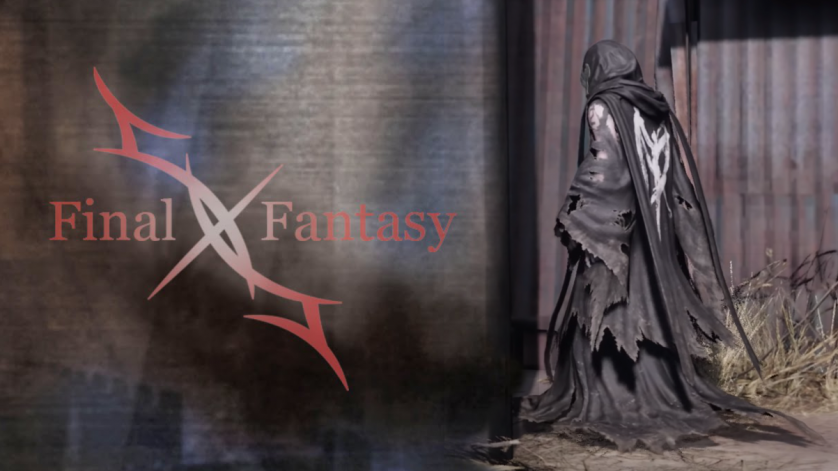
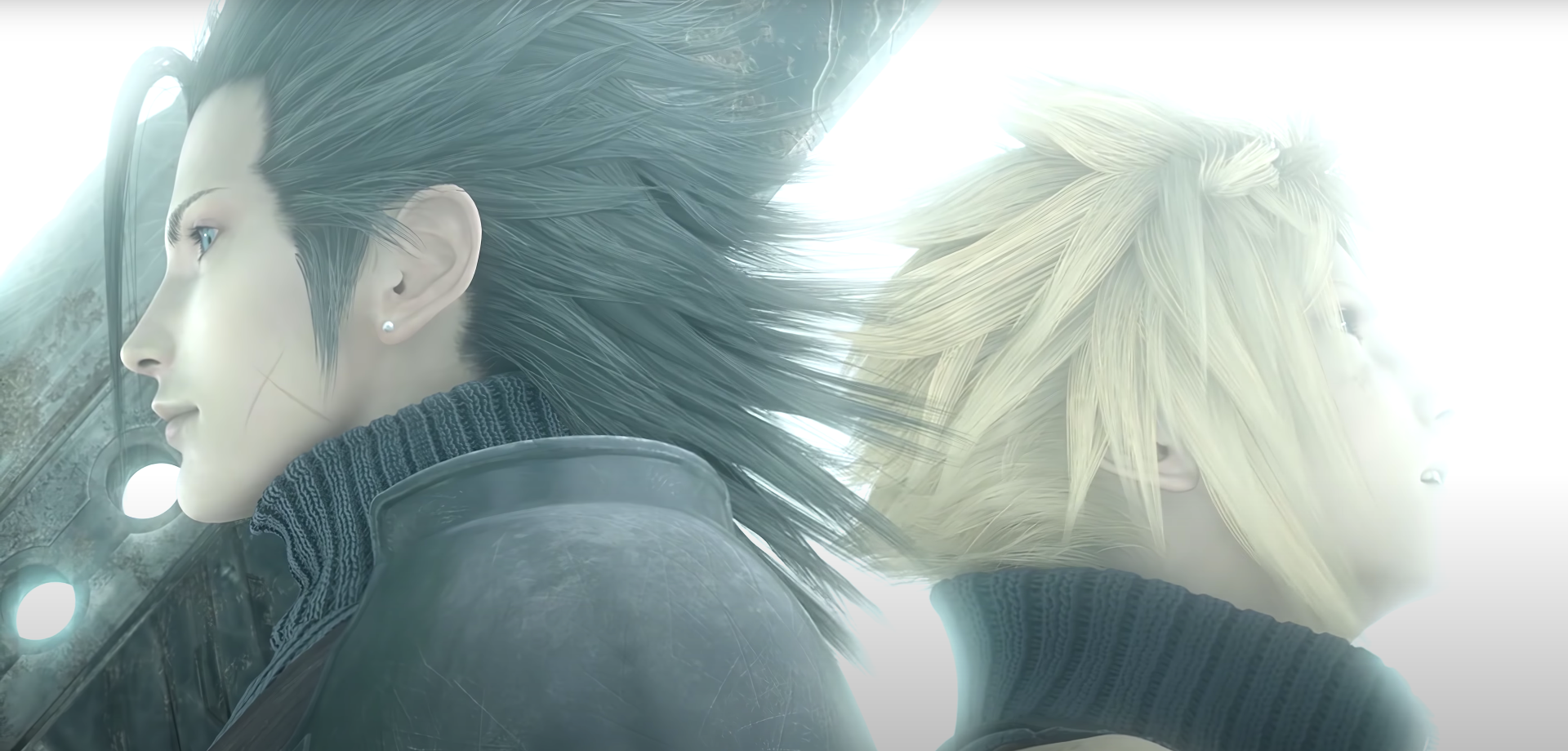
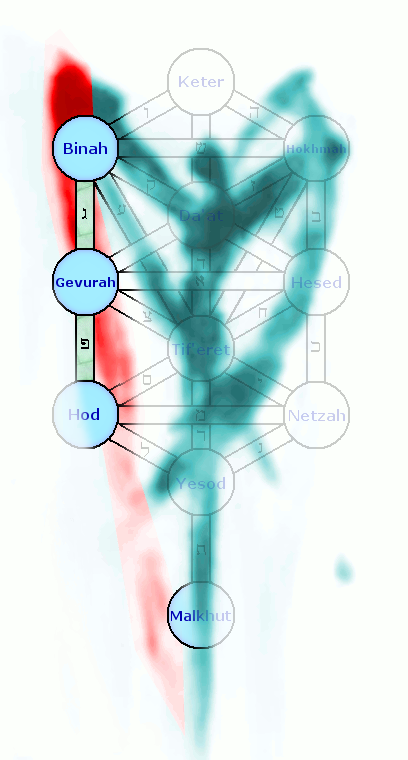
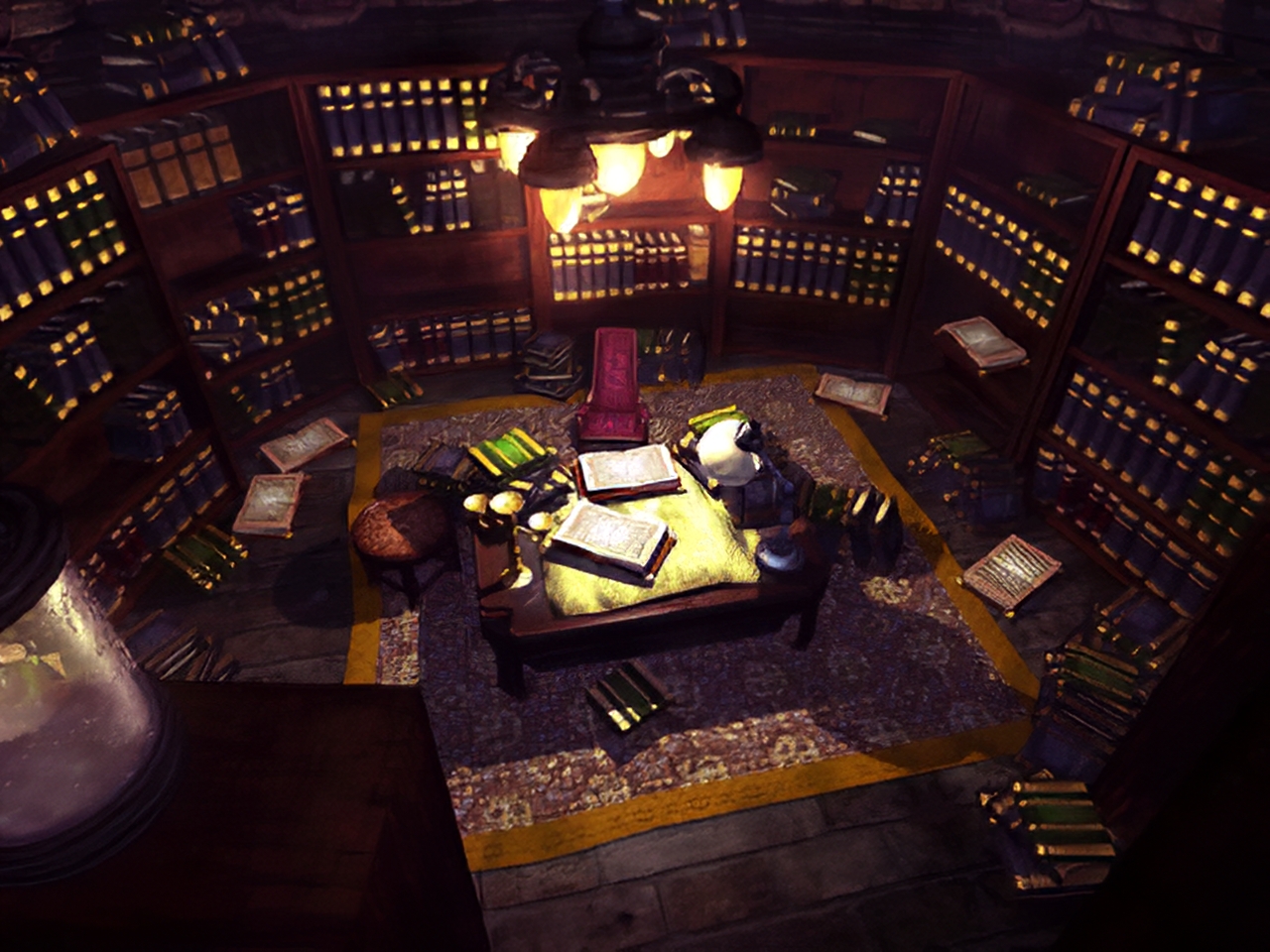
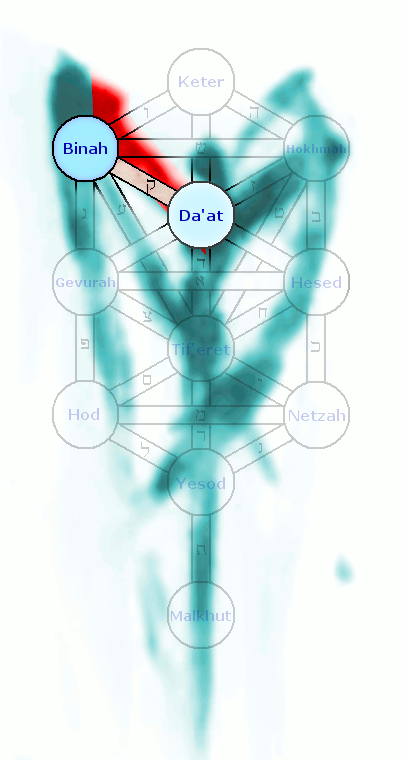
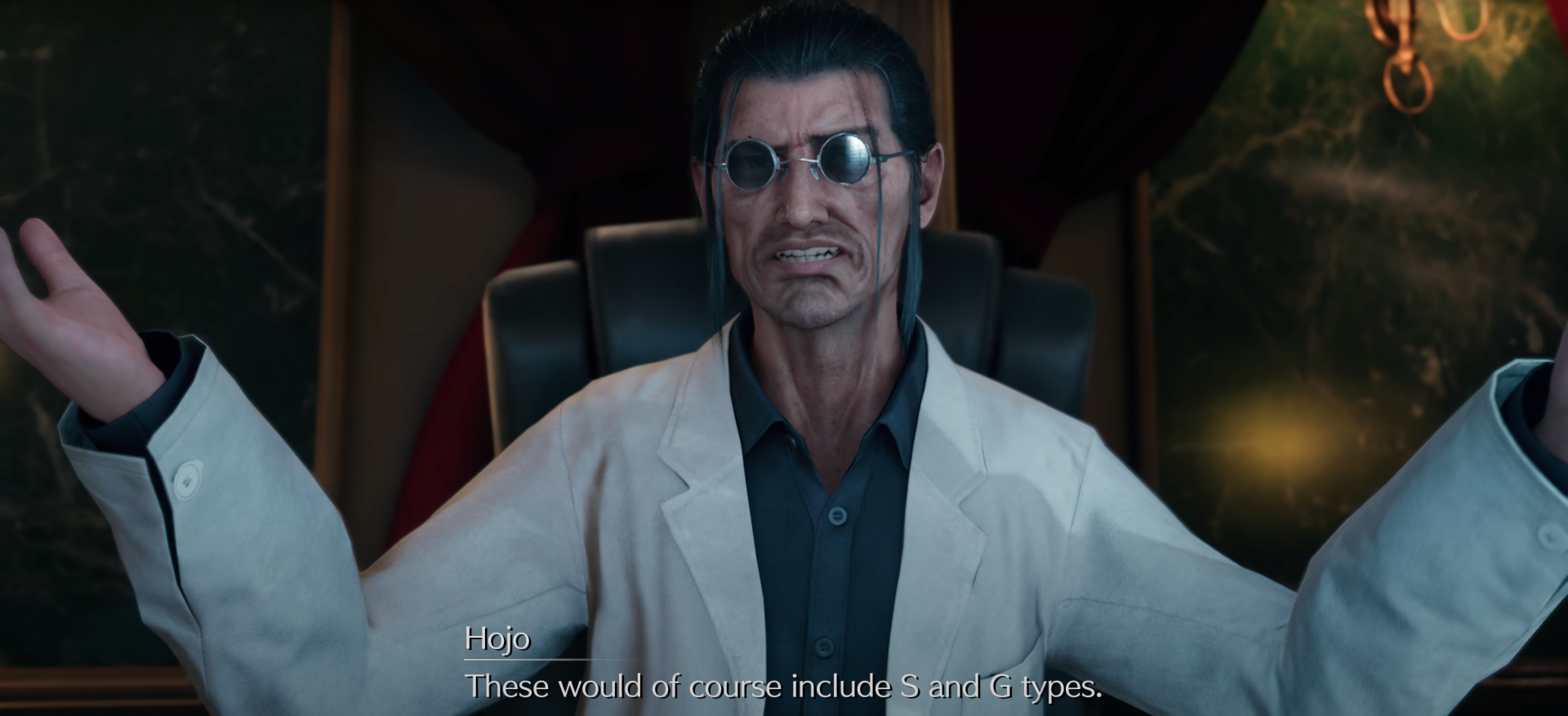
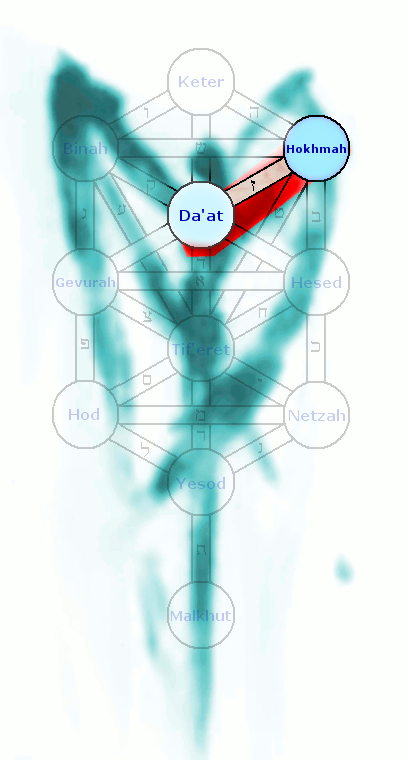
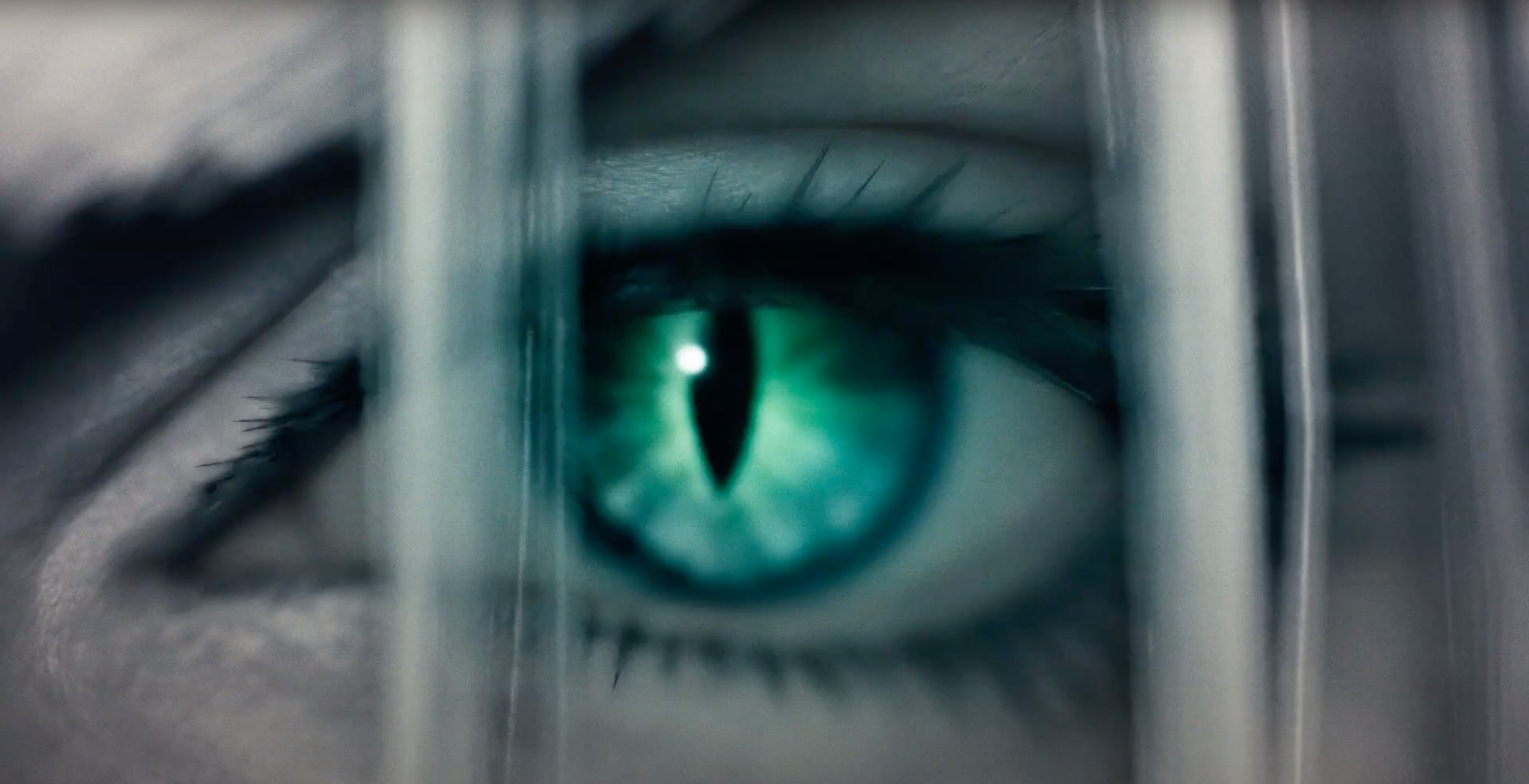
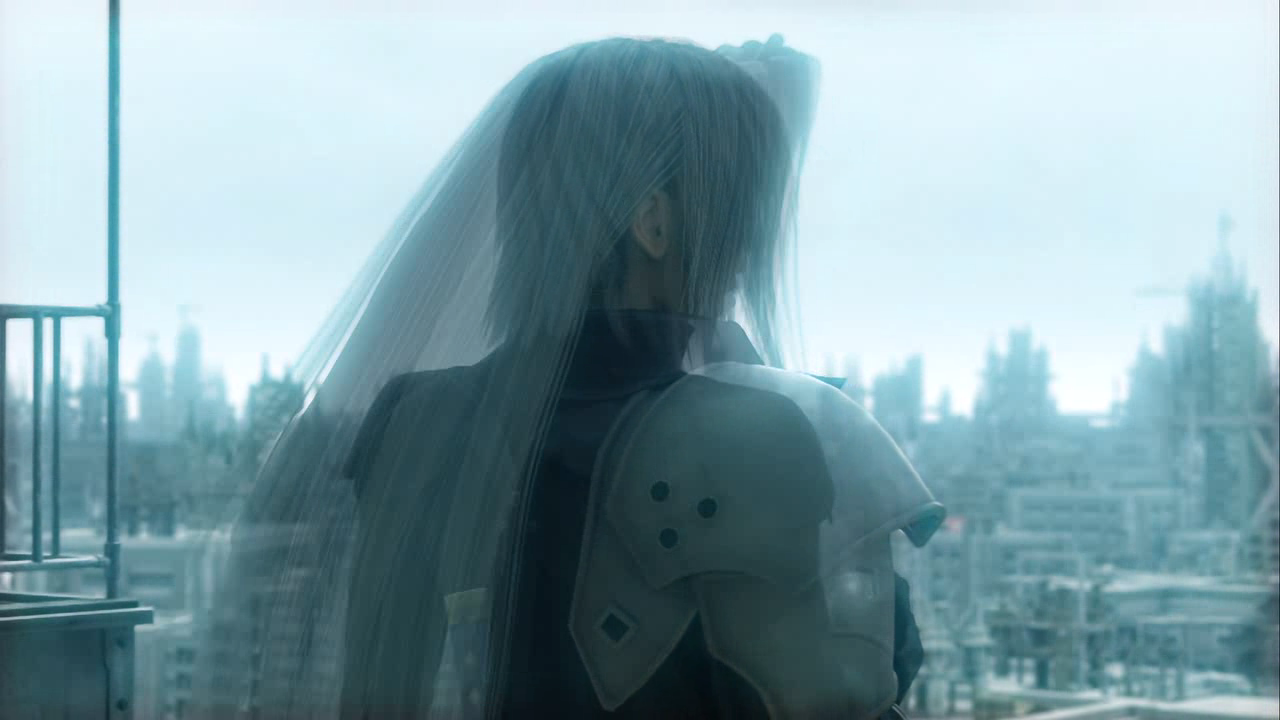
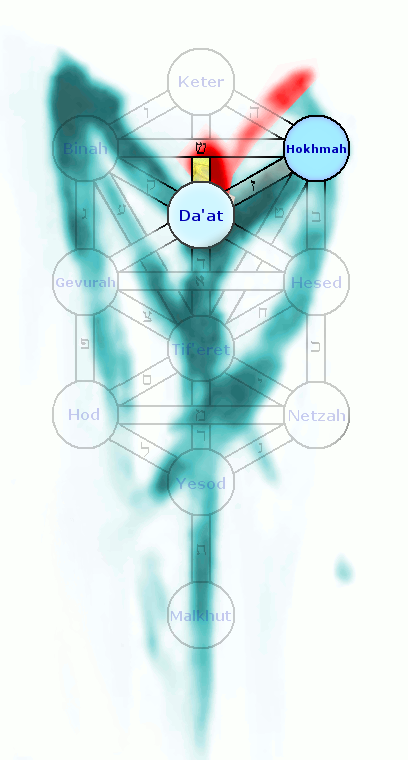
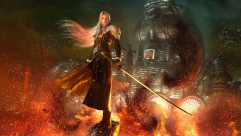
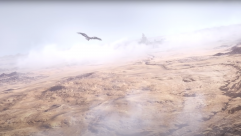
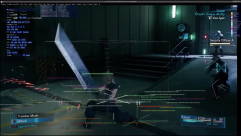

No comments yet
Log in or Register
This is absolutely incredible and I’m sharing it everywhere. Great work X- Soldier.
I’m really glad that you appreciated it, and thanks much for sharing it as well, Schrodingersbabyseal! Hope ya have a good weekend!
Very impressive article as alwyas X-Soldier. Tbh, I still don’t like the whole concept of fate and the meta elements for how overbearing they are. The whispers, specifically, are insanely invasive and not subtle at all. Nonetheless, this was a very interesting read and I especially enjoyed your interpretation of the perspectives of Cloud, Aerith and Sephiroth for the upcoming parts.
Thanks much, X7Strife. Honestly, I felt exactly the same way about them at first, but the more time I’ve spent looking at them, thinking about the original game, and considering what Remake means to the team who’s actually doing it, the more I’ve come to really appreciate what they mean to the story itself. They feel more valuable and less like some slapped on addition to make things new like they did at first.
Fate seems like an odd thing to examine at first, but when you’re talking about life & death… it’s an even more odd thing to ignore. It’s invasive because that’s what it’d be like going back & reliving events you want to change with your whole being, but not being able to. I can’t guarantee that they’ll nail the execution once it’s all said & done, but at this point I feel very confident in what they’re presenting with them & why.
Personally, I’ve found that it’s best not to think of the Whispers as being purely meta concepts – even though they do also serve that purpose in Remake. It helps a lot to view them just like the Planet’s other existing spiritual defense mechanisms like the Weapons & Materia. In the original game they would have been completely invisible to us, since that game just follows the Sefirot’s paths, rather than knowing things about the paths in order to try deviating from them. Everything about what they are matches with the original game in their overt physical presentation, as Final Fantasy VII has never been subtle with the presentation its spiritual concepts once you know what you’re looking at, which is what I wanted to do a lot of in this article.
There’re actually a lot of ways that the Whispers have already been adhering to the in-world mechanics with the the Planet & Shinra’s Science experiments, too. Despite being new and feeling a bit strange, they’re still perfectly aligned with spiritual core of Final Fantasy VII, as well as a lot of the in-game lore as well. I briefly mentioned some of that on Page 7 (in the bit about Stroke II) that I’ve been planning on breaking those things down in a future article, and this is all sort of why I wanted to cover these things first before poking around at some things about the Whispers from a purely in-game-world perspective.
I hope that whenever I get to dive into a bit more detail on them from that perspective that maybe that’ll help ya find them a bit more appealing & less invasive. Either way, I’m glad that you found some things to enjoy from all of this despite not being to hot on the Whispers! Have a good week!
Thank you for this thoroughly researched article!
I’d seen the joke(?) before that David Bowie is in every video game, but this really spells it out as far as Sephiroth. I could never quite get into Bowie’s art rock but now I want to see “The Man Who Fell to Earth”!
I wonder if Seph’s silhouette (fashion-wise) was also inspired by Bowie’s dress + boots for the cover of “The Man Who Sold the World”?
Glad to’ve provided it!
I saw a lot of those while I was doing research, and it was amusing that I was adding yet another example to that list. “The Man Who Fell to Earth” is quite an abstract Sci-Fi film and there’s a ton of nudity in it, but it’s SO very interesting looking at it as something with links to the themes in Final Fantasy VII.
I think that Sakaguchi had some input about Sephiroth’s & Aerith’s designs (they have similar hair because they were initially going to be siblings in the game), but I wouldn’t be too surprised if there were even more Bowie influences than I managed to pick up. 😀
I have to be honest: I did cry in the end.
I’m very sorry for your loss, but knowing that this is what ultimately allowed you to understand more deeply the authors’ intentions and feelings about where they want us to go in the game is inspiring to me. Making us reflect on life, death and our memories, once again, would be the greatest gift they could give us. I really hope you’re right.
It’s amazing what you’ve managed to do. Thank you.
That means a lot to me, so thanks so very much for taking the time to let me know. I did cry several times over the course of doing research & writing this. Additionally, I just learned over the weekend that another friend of mine passed away unexpectedly – and having just written all of this really helped me a lot in processing that, too. I’m working on a semi-companion piece to this one that covers some different but related topics, so I’m hoping it’ll be just as insightful.
Again, thanks for reading through this and letting me know, & I hope that you have a really wondering week!
I haven’t even finished reading this and my mind is already blown. I’ve also been reading the unused dialogues from the OG and man does it give a lot of insight into some of the way remake was done. At least in my opinion. FF7 is my favorite game/story of all time and deep diving into understanding it has been a passion since remake was released. Thank you so much for all this research and concise explanation. I wish i had a friend like you to talk to about all this ff7 passionate stuff, no one around me GETS it.
There was an interview with Kitase in Famitsu that got translated today, and it loosely touched on a couple things I mentioned here in ways that were super satisfying.
I’m glad that you’re enjoying it so far & hope that it carries on with you to the end! I’m slowly working on more, so hopefully that’ll help! It’s a passion that I deeply enjoy, so thanks for taking the time to read & provide extra encouragement for doing this sort of thing!
Hello X-SOLDIER!
I finished the original FF VII a couple of days ago and was really impressed by story, characters and themes of the game and I want to understand more. Unfortunately, I can’t play the Remake right now and I wanted to ask if your whole article has Remake spoilers or I can read some early pages. Or maybe there is some other good article with in-depth analysis of the original game?
Heya literious! I’d very much recommend steering clear of this one for now. There are definitely little bits and pieces of Remake-related information scattered throughout, since the symbol that it’s focused on only appears in Remake.
Really glad that you finished the original though, and you’re more than welcome ta join us on the forums to chat about things there!
In some translations Netzah is pronounced more like Netzach…which would be interesting, since Netzah is broken off from the tree. Remake could be attempting to reestablish his presence.
Just amazing, i’m looking forward for your next analysis!
You bring so much to fans of ffvii like me
thanks and thanks again